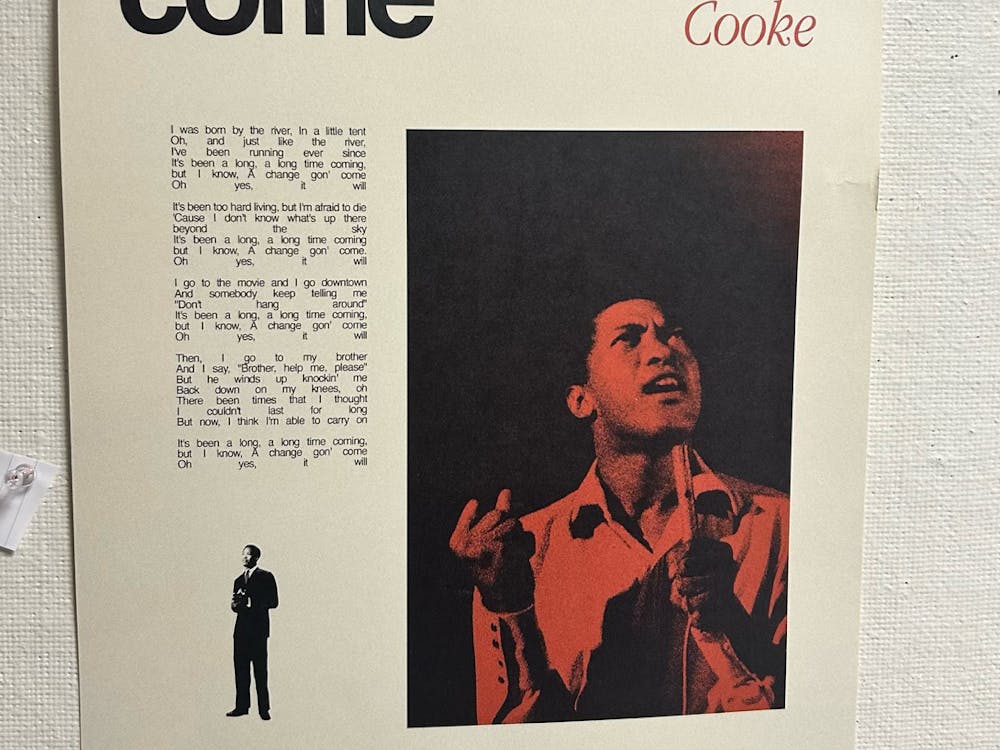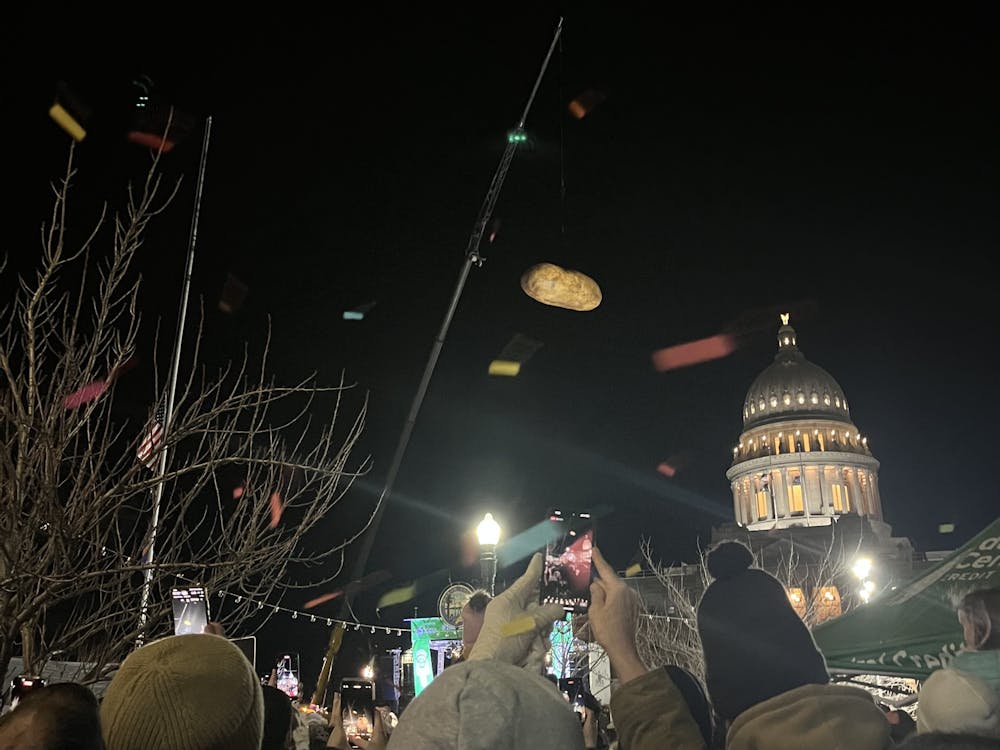When I first moved to Baltimore, I began to notice the city’s street art but initially reduced it to vandalism — a trademark of crime I had become accustomed to in Chicago. I failed to recognize street art as anything beyond the illegal placement of spray paint. I had never grasped the weight it carried in the past nor the possibilities it could hold for the future. I never expected my perceived symbol of crime to become a window to understand and appreciate culture.
A run along Wyman Park Drive blurred the lines between the stigma and significance of street art. A tree stump bedazzled by a glass mosaic reflected the sun’s rays, inviting me to look closer. The intentional, intricate arrangement of the meticulously cut shards of glass atop the mediocre tree stump captivated me. I continued running, only to find identical mosaics on multiple trees and even a nail with the same pattern etched into its head.
From the steps of stores in downtown Hampden to the windows of Remington homes, I began noticing glass mosaics everywhere. How had I missed them before, and what did they mean? I jumped online and began to scratch the surface of Baltimore’s rich history of glass mosaics.
I learned glass mosaics had a history of being installed into the homes of white, middle-class, Catholic residents. Installing these mosaics would raise their home value, which was speculated to further enforce housing discrimination for non-white, non-Catholic residents in the mid-1900s. Consequently, these mosaics exacerbated ethnic, racial and religious segregation in Baltimore neighborhoods. I was appalled that the beauty I had admired in these mosaics was manipulated to suppress non-white, non-Catholic citizens.
However, it turned out that the glass mosaics’ power to beautify and inspire impoverished areas overpowered their ability to propagate discrimination. Lately, local artists have been beautifying impoverished areas around Baltimore with their mosaics. In turn, they have reclaimed mosaics’ power for marginalized neighborhoods as they have raised not only home values but also hopes in neglected parts of Baltimore.
I became enthralled by the duality of art’s power to both uplift and suppress a community. I surrendered myself to the street art around me and it felt as if I was seeing it for the first time. Sure, graffiti may be vandalism (except in Graffiti Alley), but its significance began to supersede the stigma of its illegality. Graffiti serves as the unspoken language of the city, transforming it into a gallery of voices for the voiceless.
Likewise, the span of Baltimore’s murals is impossible to ignore — they demand all the space Baltimore has to offer. After leaning into my curiosity, I learned that the Baltimore Uprising of Spring 2015 catalyzed a surge of community-based street art, especially murals, that served to amplify culture, pride and grassroots activism. The uprising was fueled by Freddie Gray’s death under police custody, and the consequential art has proven to be a powerful form of advocacy.
At present, there are more than 250 murals throughout Baltimore that amplify underrepresented perspectives and foster a sense of community to local citizens. Simultaneously, they provide visitors with a window to the city’s soul. Murals became such a powerful form of artistic and political expression that Baltimore created the Baltimore Mural Program in 1975, establishing murals as an integral facet of the city’s culture.
It seemed that all along Baltimore was speaking to me, but it was in a language that I could not begin to comprehend or appreciate. I denounced graffiti as vandalism, ignoring underprivileged artists whose canvas is Baltimore. Although I had appreciated the aesthetics of most murals, I overlooked their political and cultural significance.
I could never have imagined the transformative power of glass mosaics — how remarkable it is that marginalized communities are reclaiming an art form once wielded against them. I invite you to treat the streets of Baltimore as a gallery, appreciating the intention behind creations that will challenge and even redefine your perception of art and culture.
Madelyn Dryier is a sophomore majoring in Chemical and Biomolecular Engineering from Frankfort, Ill.
Editor’s Note, 2025: This article was updated for clarity.





